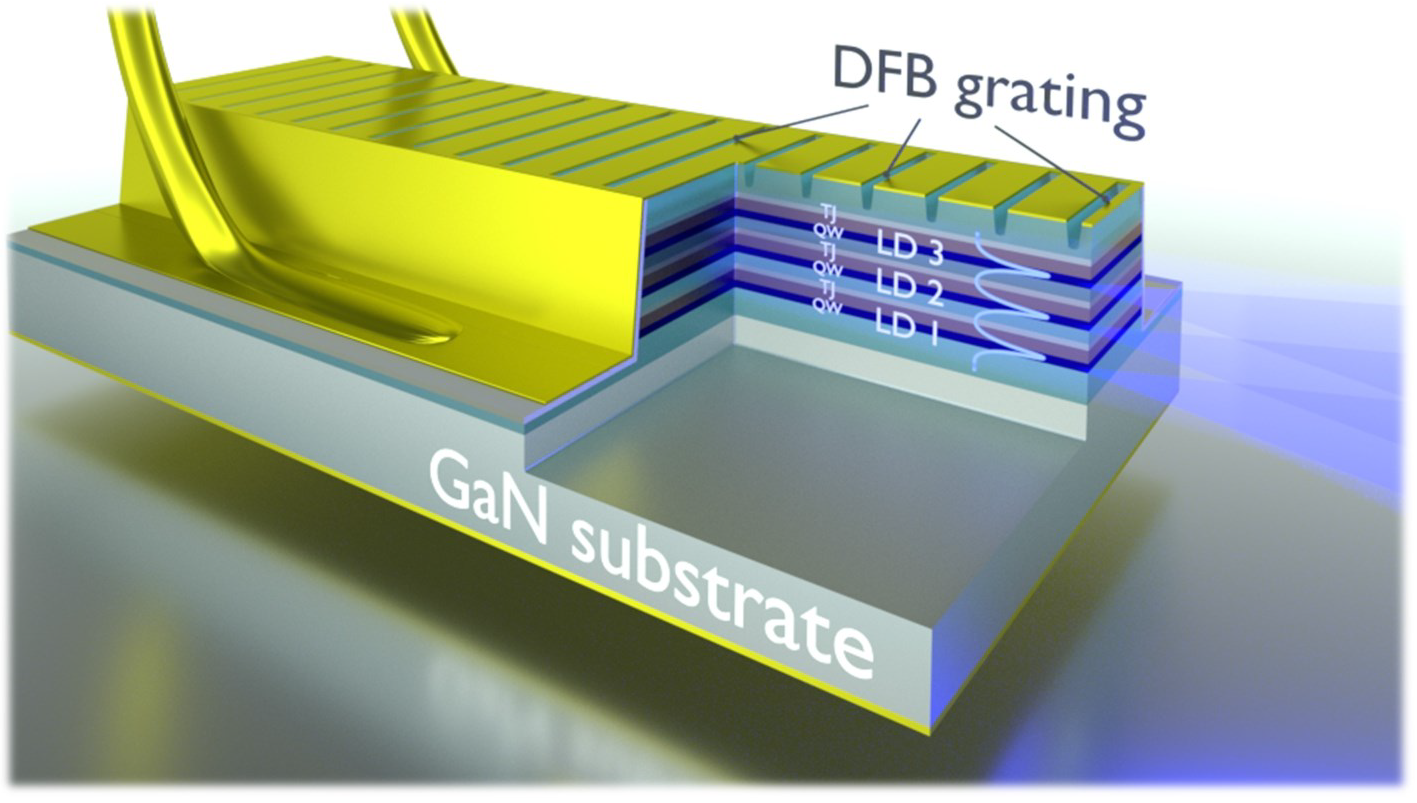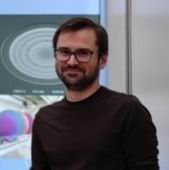Project OpusLAP
„Multi-junction distributed-feedback laser diodes - synergy of high optical power and single-mode operation”
Project description
GaN-based technology is revolutionizing the semiconductor market. Light emitting diodes and laser diodes (LDs) based on GaN have reached maturity and can be found in applications such as general lighting, displays, illumination, projection, medical and many others. Despite this tremendous success, there still are emerging applications to which only GaN-based devices could be used, because only they can cover the blue and green spectrum. Many such applications are based on distributed feedback (DFB) LDs. These devices offer unprecedented spectral purity in a compact system, which will find applications in “last mile” telecommunication based on plastic fibers, Li-Fi, Light Detection and Ranging (LIDAR) systems, underwater communication, strontium-based atomic clocks, gas sensing and environmental monitoring.
In this project we plan to develop a completely new optoelectronic device - a multi-junction DFB LD, which is shown schematically in Figure 1. Multi-junction LDs have several pn junctions interconnected with tunnel junctions (TJs). The advantage of this scheme, compared to single junction devices, is that for the same current flow, the recombination occurs in each of the quantum wells (QW). In principle, one can expect an N-fold increase in output power of the multi-junction LD with N sections. This results in differential efficiency (photons per injected electrons) higher than 100%, which comes at the cost of additional voltage required for each section. The DFB grating placed on the surface of the device, as shown in Figure 1, will ensure strong coupling to the optical mode and lasing at only one wavelength – the one that matches the grating.
The demonstration of visible multi-junction DFB LDs will open a new field of GaN-based devices and stimulate new research directions.

Research Team
Research team of the OpusLAP project:
- dr hab. inż. Grzegorz Muzioł - Principal Investigator
- mgr inż. Krzesimir Nowakowski-Szkudlarek
- mgr inż. Mateusz Hajdel
- dr inż. Mateusz Słowikowski
- mgr Pragya Parasar
- mgr Luv Jotwani


Nowakowski-Szkudlarek 

Słowikowsi
Parasar
Jotwani
Publications
Project carried out between 2025 and 2027